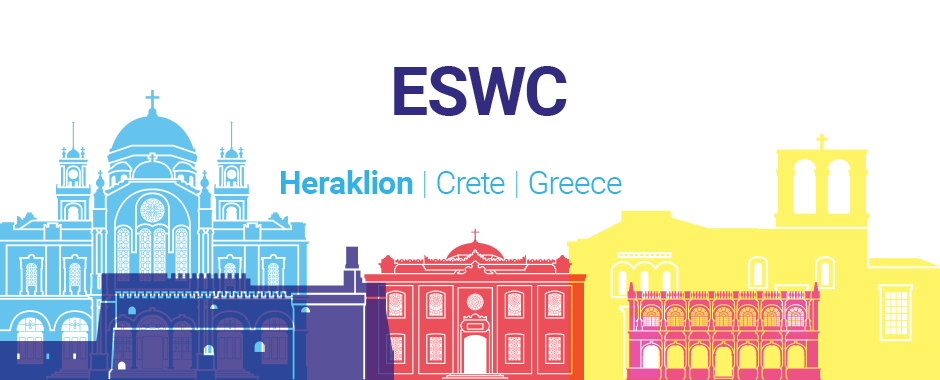Call for (fictitious) Short Papers for ESWC 2043 (sic!)
Writing vision papers that draw the research agenda for the next period is always a good exercise. However, usually researchers start from what they are currently doing and imagine the next steps, with a few years horizon in mind; this leads to incremental research achievements. Instead, we want you to be bold and pave the way for really groundbreaking discontinuities in Semantic Web research.
What research papers will we see presented at ESWC in twenty years? Use your imagination!
Inspired by Design Fiction practices, we invite you to submit a fictitious research paper to ESCW 2043. The paper should look and feel like a real paper, including research questions, references and state of the art (which will probably be mostly from 2038 onwards, you do not want to cite old-school papers from the 2020s and early 2030s, do you?), experimental results (you may even use some newer evaluation metrics which will be common in 2043, like SimulatedBrainCellHours per QuantumBit), and of course future work (i.e., future future work), so that we can get an idea of the research agenda for the late 2040s and early 2050s. And yes, it is very much encouraged that your paper is at least co-authored by an AI.
Further Hints
20 years is a long time, so we are not looking for incremental advancements here, but for papers that describe research related to ESWC in a radically different research landscape. So you really have to think out of the box!
In order to get an idea how a research landscape can change, let us briefly note that in 2003 (i.e., 20 years ago), there was no
- OWL (2004) and SPARQL (2008)
- R2RML (2012) and SHACL (2015)
- FOAF (2004) and schema.org (2011)
- DBpedia (2007), Freebase (2007), Wikidata (2012)
- LOD Cloud (2007)
- Scikit-learn (2007) and XGBoost (2014)
- GPUs used for Machine Learning (2006)
- word2vec (2013) and BERT (2018)
- RESCAL (2011), TransE (2013), and RDF2vec (2016)
- Amazon MTurk (2005)
- etc.
Imagine how the ESWC landscape would look without those, compared to how it actually looks nowadays. And now close your eyes and try to imagine an equally large shift in the research landscape. Now you are in the mood to start your submission!
Submission Details
Submissions should follow the LNCS template (yeah, this one detail will never change!), written in English (no future languages accepted), not exceed 8 pages including references, and submitted via Easychair. The submissions will be reviewed by the Track Chairs, (with the possible support of futurists) and selected on the basis of the same criteria of the Research Track.
Publication and Presentation
All accepted short papers will be published online in CEUR-WS, and presented in a special plenary panel session at ESWC 2023. In 2043, the conference chairs of that edition will revisit the papers and grant an award to the authors whose paper matches the research landscape best. The winners will get a free registration to ESWC 2043 and be invited to present their paper again in a special ceremony.
Important Dates
Submission Deadline: Thursday March 24th, 2023
Notification of Acceptance: Thursday April 17th, 2023
Camera-Ready Paper: Monday April 24th, 2023
All deadlines are 23:59 anywhere in the human inhabited universe (UTC-12).
Important: note that the submissions are already due in 2023, not 2043! 😉
Chairs
- Irene Celino, CEFRIEL, Milano, Italy
- Heiko Paulheim, University of Mannheim, Germany
